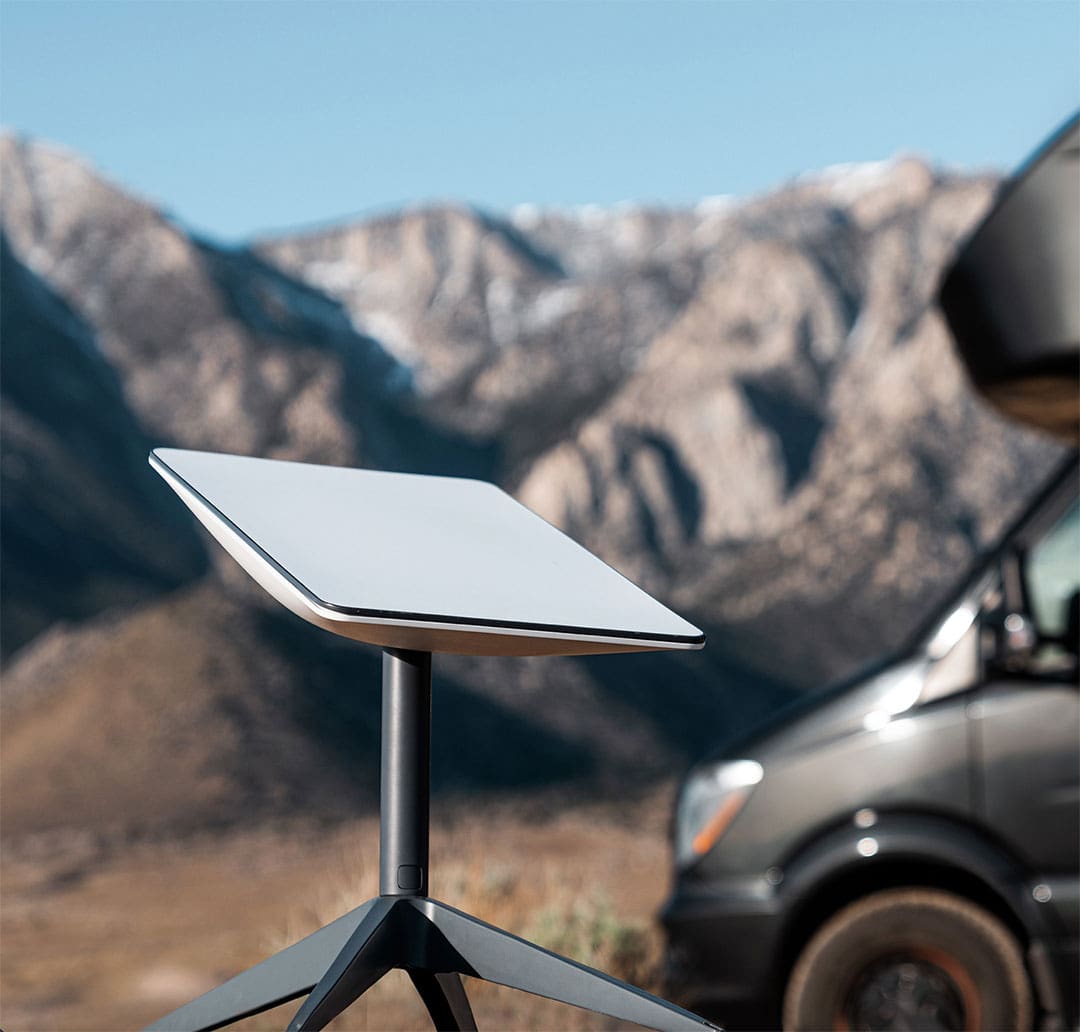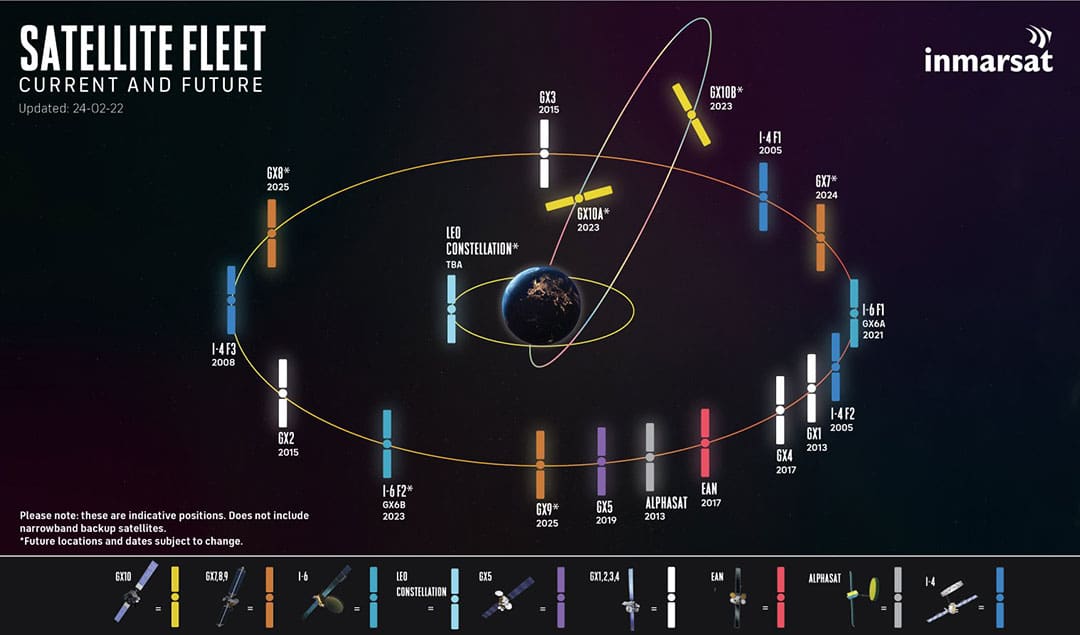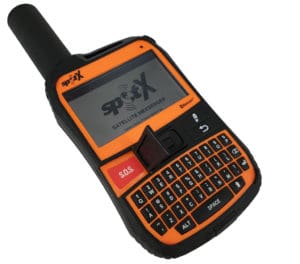
The evolution of satellite data and voice communications for cruising sailors is finally approaching the point where soon we will all be talking, sending email and searching the internet from every corner of the globe with the same ease we enjoy ashore. Let’s take a speculative look ahead at what the satcom situation might look like in the near future.
Within the last decade, we have seen the DeLorme InReach and SPOT Satellite Messenger satellite devices enter into service on many ocean-crossing yachts and satphones from Iridium, Globalstar and Inmarsat. These devices offer text-only service (InReach, SPOT) or voice and text service (Iridium, Globalstar and Inmarsat phones) enabling cruisers to share such information as GPS position, weather conditions, ETA and personal details with friends, family and most importantly, fellow sailors.
Up until that time, receiving information on weather and sea conditions was spotty at best, with cruisers relying on details received from weather reports via Pactor modem or from fellow sailors via SSB and ham radio.
To be sure, many sailing skippers still swear by these communication systems. After all, once you have purchased and installed your SSB radio, you can communicate with your cruising fleet and other points on the globe for free. If you add a Pactor modem, you can send and receive data, particularly SailMail, at a very low annual cost.
The latest up-and-coming generation of cruisers, however, will expect the same level of internet connectivity they have come to enjoy on land. Texting, sharing personal experiences on social media and posting videos to YouTube are what young cruisers naturally expect to do from any point on the earth’s surface at any time of day or night, even while crashing through a winter gale in the North Atlantic.
The latest generation of satellite communications offers high-speed internet, plus voice and text capability, enabled by a system of low-Earth-orbit satellites. Dozens of these networks are currently operating around the globe, connecting people directly through satellite links rather than the cell tower (you know, that big, plastic palm tree next to the liquor store) to which we all have become accustomed.
The typical satellite data system includes a handheld device and anything from a small fixed antenna to a large dome antenna, which can be mounted virtually anywhere on your vessel: on deck, on the stern pulpit, on a spreader or even a flange connected to the mast, as long as it does not interfere with the sails or running rigging. A small dish antenna can actually be mounted inside the cabin.

Starlink system
The Starlink system operated by SpaceX is a satellite service that currently has 2,300 satellites in low earth orbit (LEO) and has gained approval from the FCC to have 12,000 satellites when the system is complete. Starlink offers a “high-speed, low-latency broadband internet,” which enables video cellphone calls, online gaming and data streaming. Land-based users of the Starlink system can look forward to download speeds ranging from 100 to 200 Mbps and latency, or delay, as low as 20 milliseconds. But the question is, when will this level of data speed and transmission quality ever be offered to offshore sailors? Currently, Starlink doesn’t offer a marinized, stabilized antenna for use on a boat at sea. Although, it will work when your boat is at the dock in a marina, provided the antenna’s view of the sky isn’t obscured by masts or nearby structures. No official word from Starlink on a marinized, gimballed antenna.
Though not as fast as land-based systems, at least for the present, mobile systems offered by Iridium, Globalstar and Inmarsat and products and services under the title of very small aperture terminals (VSAT) are sure to fill the demand for fast satellite communication into the foreseeable future.
Iridium, a dominant player in the satellite communications industry, has been offering its GO! Satellite Hotspot for several years. This device relies on a global array of satellites, which, as the company claims, “covers 100 percent of the planet.”
Popular among offshore sailors, the latest iteration of the Iridium GO! enables voice, messaging and data through a compact, ruggedly designed package. The device comes with a range of capability and monthly operating fees, the top of which offers 150 minutes of voice communication plus unlimited texting and data.
Garmin inReach devices, which also operate within the Iridium satellite constellation, are popular communication tools among ocean sailors and evidence of at least one satellite communication company’s willingness to share data capacity with a competitor.
With the inReach app, you can view your location, plan navigation routes and manage waypoints on your iOS or Android device. Not having to purchase and carry a second text-capable device in your pocket certainly saves money and hassle.
The Mini-VSAT Broadband Internet System from KVH is a great choice for large yachts with skippers who can afford a fast, high-speed communications system. The Mini-VSAT offers up to 10/3 Mbps speeds with worldwide coverage supporting Netflix, Zoom and video conferencing while underway.
With a price tag of nearly $30,000, the Mini-VSAT is not for the budget cruiser. But as with most new technologies, we can expect competition and growing sales volume to force that price down significantly in the foreseeable future.
Another satcom system still making its debut is Inmarsat’s new Orchestra satellite network, which will combine its existing geosynchronous satellites with low-earth satellites, forming a fast, high-performing information web serving aircraft and ocean-going vessels around the globe.
Orchestra will be offering its new “mesh network” of roughly 150 to 175 low-orbit satellites to the world’s highly variegated transportation network in the near future. This will bring together everything from airport baggage claim departments to barges on the Thames River in England to your sailing palace, wherever you may find yourself on the world’s aquasphere.

Globalstar, founded by Loral Corp. and Qualcomm, is a small but aggressive competitor in the rapidly growing industry of low-orbit satellite internet service. With its latest satellite count at 48 and average revenue of roughly $120 million, Globalstar has registered an ambitious plan with the International Telecommunications Union to grow its network to 3,080 satellites, which will be distributed across 100 orbital planes lying 300 to 435 miles above Earth’s surface.
Globalstar’s aggressive plan, assuming it achieves this goal in the foreseeable future, will enable customers on all points of the globe to tap into its SPOT satellite telephone system, which offers a small cell phone that easily fits in the palm of your hand, providing text and voice communication from anywhere on the globe.
High speed internet underway?
With the rapid growth of satellite-enabled data transmission, look for future versions of the SPOT, Iridium GO! and InReach devices, along with new, similar devices, to support full internet access via Android technology within the next few years.
Imagine being able to manage your online store, trade stock, hold Zoom meetings and engage in all the other online resources you enjoy at home or in your office while sailing west on a broad reach somewhere between the Galapagos and the Marquesas. Until recently, cruisers generally had to wait until retirement to undertake a long voyage under sail.
With the rapid growth of the satellite communications industry now at full tilt, also look forward to more satcom start-ups renting space on existing satellite arrays to propel their own unique product designs and service plans. With voluntary sharing of satellite capacity among competitors in this arena, the FCC will either have its hands full settling satellite- and data-sharing disputes, or have relatively nothing to do in a harmoniously connected datasphere encircling the globe.
As satellite communications continue to get faster and ever-more dependable and efficient, your satphone virtual office will allow you to run your business, stay in contact with family and even periodically check in with your personal physician, sharing data from body sensors and apprising him or her of your latest health status.
As you consider telephone and data options for your vessel and future cruising plans, look forward to greater advancements in this rapidly expanding, worldwide network of satellite communications.
Armed conflicts, national and corporate tribalism and a low-orbit sky peppered with thousands of competing satellites will certainly complicate the growth of this still nascent industry for decades to come. But as long as we demand faster, better, less-expensive voice and data services for our waterborne spaceships, the competition is sure to continue delivering better communication devices and service plans over time.
Circumnavigator-author Bill Morris believes the keys to survival are a windvane self-steering system, a basic array of electronics and amenities, plus an aggressive alternative energy battery charging matrix. Bill is a frequent contributor to Ocean Navigator and the author of The Windvane Self-Steering Handbook (International Marine, 2004) and The Captain’s Guide to Alternative Energy Afloat (Seaworthy Publications, 2019).

